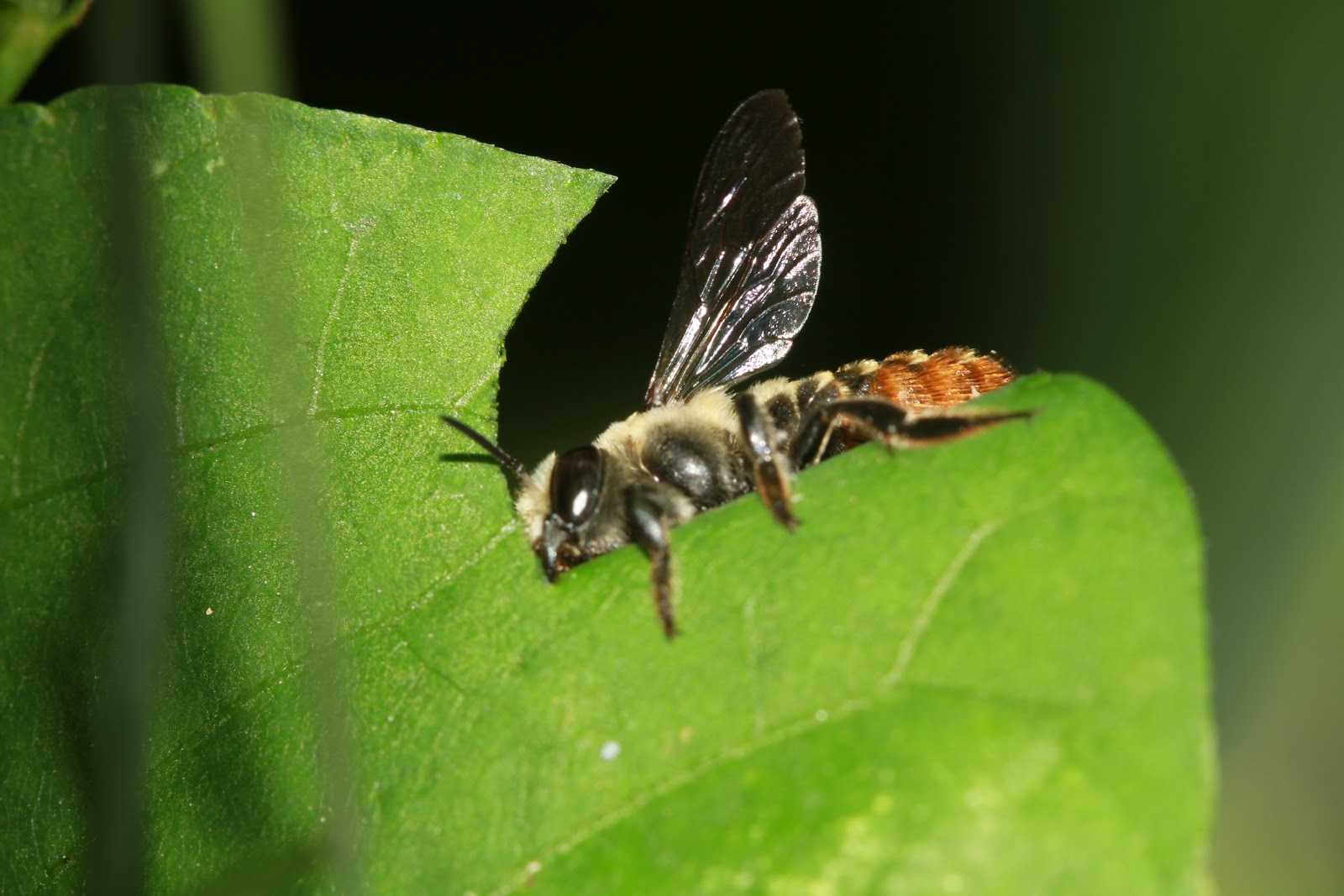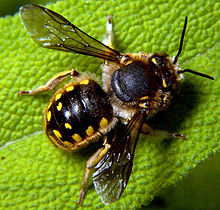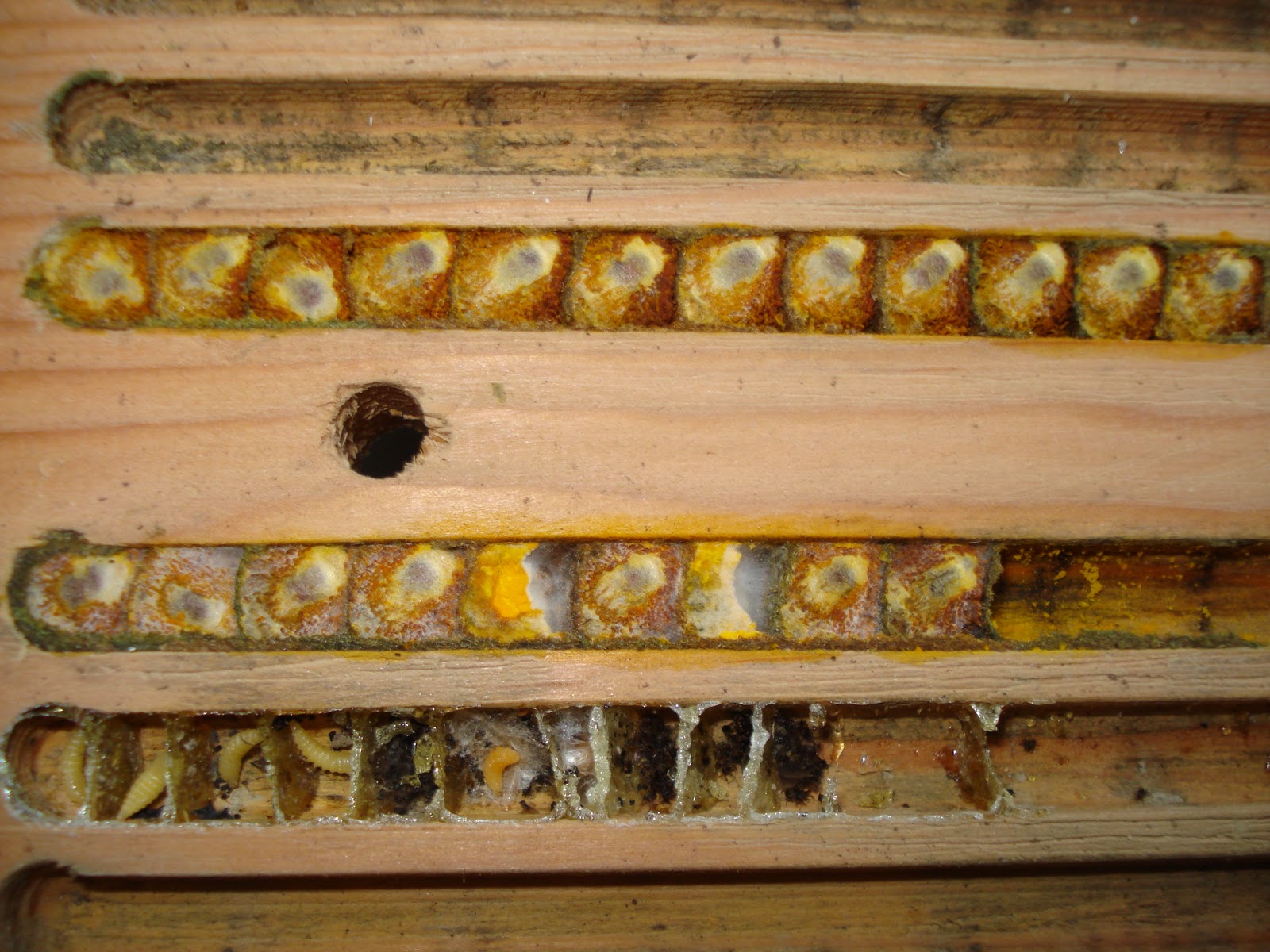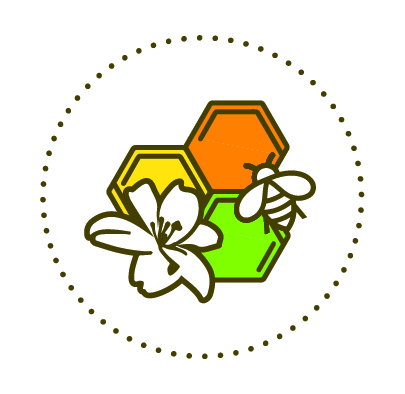hk
Our project to promote the hardworking bees of nature
Hong Kong Bee Hotel 200
In 2020, we officially launched the “Bee Hotel 200” project, when a customer buy every 500g honey from us, $10 will be contributed to the project.
When we sold 200 bottles of honey, we will donate a Bee Hotel (as a reproduction base for solitary bees) to any one school in Hong Kong. Through this programme, we want to let students to have a close observation about the life of solitary bees.
The Bee Hotel allows solitary bees to drill into the bamboo tubes, build nests for laying eggs, and breed the next generation, serving as an artificial nursery room.
Objective:
Allow more students to understand about the importance of bee on natural environment, through observing actual solitary bees behavior, and understand that the number of bees throughout the world is declining, which is an alarm to the balance of natural environment.
Solitary bees are shy in personality and rarely attacks, which makes it suitable for observation.
1) What are solitary bees?
They have a few characteristics: 
- Unlike honey bees, each female is capable for mating and reproduction
- Each female will build their nest find food source
- Approximately 70% of them lives under the soil. They do not produce honey and wax.
- Each category of solitary bee use different materials to build their nest
- They eat nectar directly from flowers, collecting pollens and make “honey bread” for their larva.
- Their pollination power is 100 times of honey bees due to their body structure.
- Once they laid eggs and collected the required food for the eggs, they will not take further care on them and leave the nest.
- They are harmless, unless others attack them.
2) Different categories
Most of us are familiar about honey bees, which each hive having a great number of them, and are social insects. However, in the world, 90% of bees belong to solitary bee class.
- Red mason bee (Osmia bicornis/ rufa) – Red/Golden hairs on their back,there is a little horn on the head of females, they use soil to build tube shaped nest.

- Leaf cutter bee (Megachile willughbiella) – Wider head size for cutting off leaves, which are used to build their nest.

- Wool carder bee (Anthidium manicatum) – Flatter abdomen with yellow and black pattern,use plants to build their nest.

3) Why are solitary bees important to the environment?

Solitary bees possess a stronger pollination power than honey bees, because they do not stack up pollens on their legs, and they have a hairy structure throughout their body, and they travel wider distance then honey bees, when they fly and spread the pollens around, this is called the “pollen shower”. The reason that they are not as popular as honey bees is because they do not produce honey.
A fruit farm which needs 50-60 thousand honey bees for pollination would require only 300-400 solitary bees to finish the task. Solitary bees are shy in nature, they usually escape when they see predators or humans, as they do not have the concept of “boundary”.
Due to their strong pollination power, they serve an essential role in the nature world.

4) Function of bee hotels
When solitary bee recognize the bee hotel as their suitable home for nesting, they will collect food for the eggs, which is sufficient for the egg to grow into an adult bee.
Each female will lay 20-30 eggs throughout her life. They made bee bread made with pollens and nectar, put it in the tube or the bee hotel, and lay the egg on the bee bread, which will become the future food of the egg. In the nest tube, she builds walls to separate each egg, until the tube is full. Finally she will seal the tube with leaf or soil, and they will perform the same in the other tube.
The female can decide whether the egg they lay is male or female, male egg will turn into adult in a shorter length of time, a few weeks faster than female, as a result, male eggs are usually laid in the outer part of the tube.
The first few months the egg is hatched, they will live in the nest; they will then turn into pupa in winter. In next year spring or summer, they will become adult, mating and nesting, and the cycle continues.


